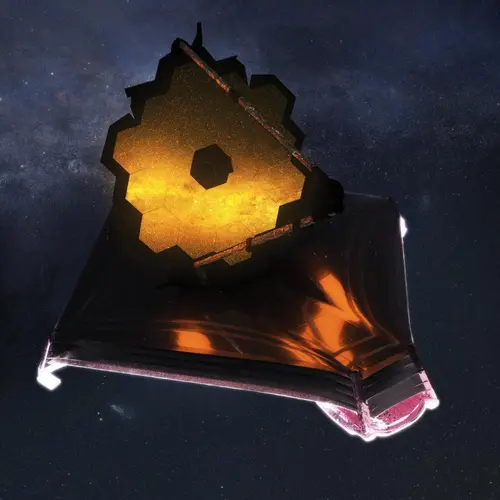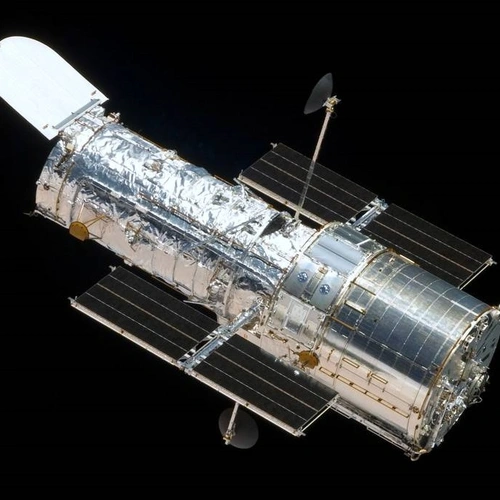Overview
Distant galaxies appear to be more ragged and disorganized than closer ones. These appearances could be legitimate features, or effects from the expansion of the universe, which progressively shifts ultraviolet photons from distant galaxies into the range sensed by the optical detectors. Madore is tackling this problem through observations and computer modeling.
To see how the perceived morphology changes with wavelength, Barry Madore and former Observatories’ Director Wendy Freedman acquired images of galaxies with the Ultraviolet Imaging Telescope and compared them with images taken at Las Campanas at optical and near-infrared wavelengths. Even the basic underlying morphology was transformed by the particular wavelength used. Rings and bulges, bars and asymmetries come and go depending on use of UV or red wavelengths. Dust, too, plays a significant role in detection as it scatters and absorbs light.
To model the effects of dust, Madore and colleagues are developing a computer program with a three-dimensional radiative transfer to determine galactic morphology at ultraviolet, optical, near-infrared, and thermal-infrared wavelengths. The program uses an innovative technique to compensate for small-particle scattering in the interstellar medium and for behavior in a randomly clumped medium such as a galaxy's spiral arm. The program calculates the absorption, scattering, and re-radiation exactly and produces realistic high-resolution galaxy images at typically used wavelengths. The researchers next plan to generate images at other wavelengths.
Madore is also a co-investigator on NASA's GALaxy EXplorer (GALEX) satellite, which is surveying the high-galactic-latitude sky in two ultraviolet bandpasses. It is additionally targeting hundreds of the nearest and largest galaxies for special studies. Unexpected structures (e.g., new sites of star formation) are being discovered in the outermost regions of many previously well-studied galaxies. This work is allowing researchers to better understand the contemporary structure of galaxies and, ultimately, their secular evolution.
To model the effects of dust, Madore and colleagues are developing a computer program with a three-dimensional radiative transfer to determine galactic morphology at ultraviolet, optical, near-infrared, and thermal-infrared wavelengths. The program uses an innovative technique to compensate for small-particle scattering in the interstellar medium and for behavior in a randomly clumped medium such as a galaxy's spiral arm. The program calculates the absorption, scattering, and re-radiation exactly and produces realistic high-resolution galaxy images at typically used wavelengths. The researchers next plan to generate images at other wavelengths.
Madore is also a co-investigator on NASA's GALaxy EXplorer (GALEX) satellite, which is surveying the high-galactic-latitude sky in two ultraviolet bandpasses. It is additionally targeting hundreds of the nearest and largest galaxies for special studies. Unexpected structures (e.g., new sites of star formation) are being discovered in the outermost regions of many previously well-studied galaxies. This work is allowing researchers to better understand the contemporary structure of galaxies and, ultimately, their secular evolution.
Timeline
CV
- Ph.D. in Astronomy, 1974, University of Toronto
- M.Sc. in Astronomy, 1971, University of Toronto
- B.S. Astronomy and Physics, 1969, University of Southern California


